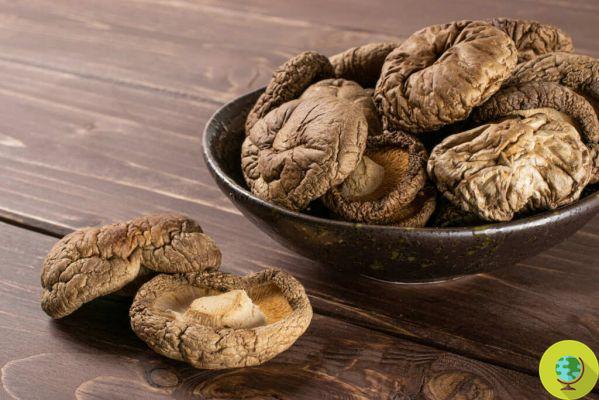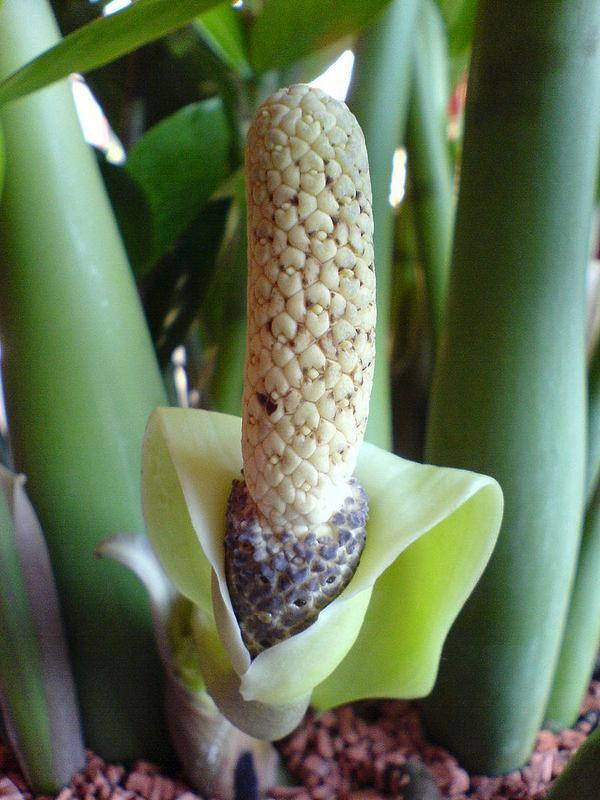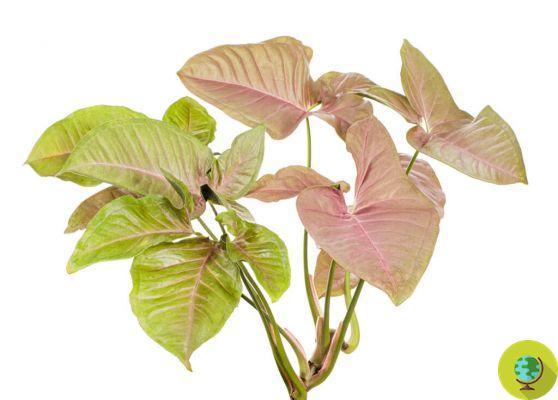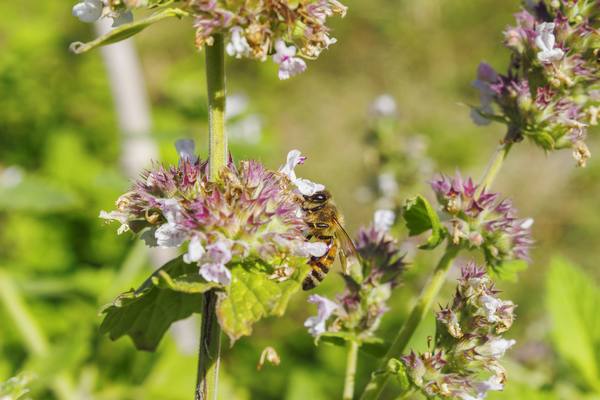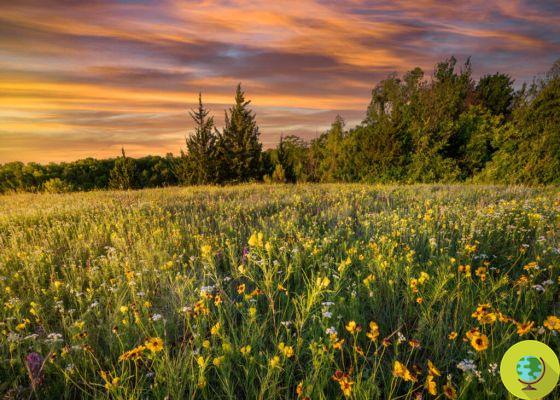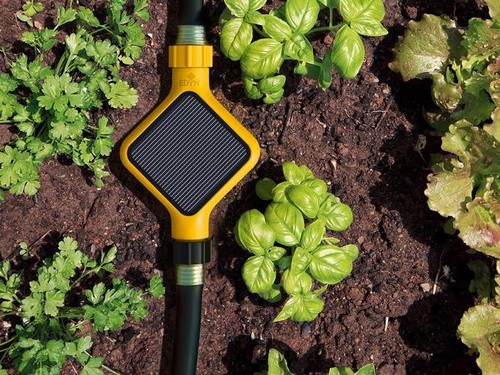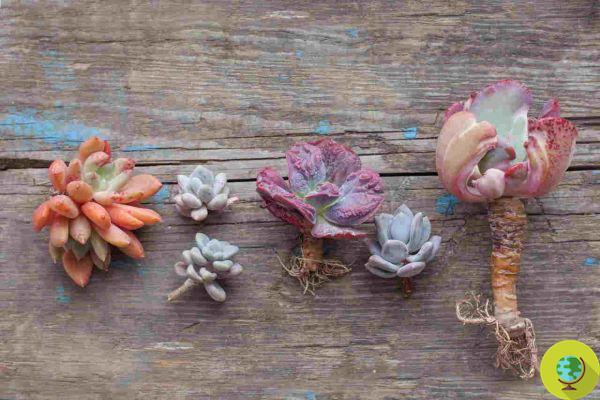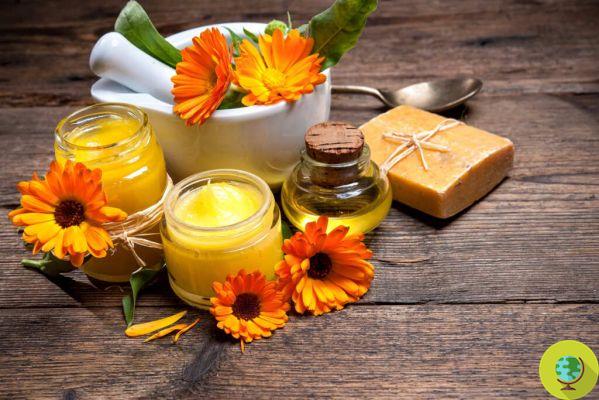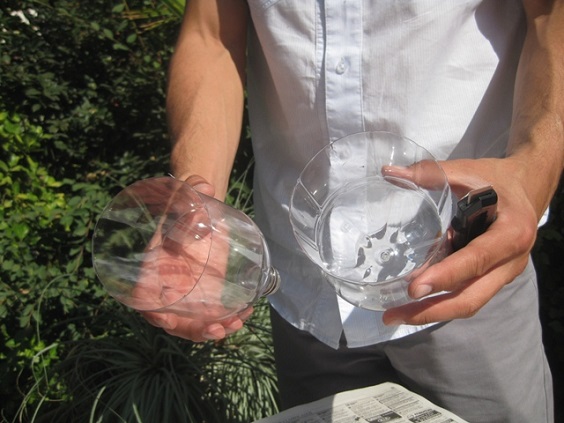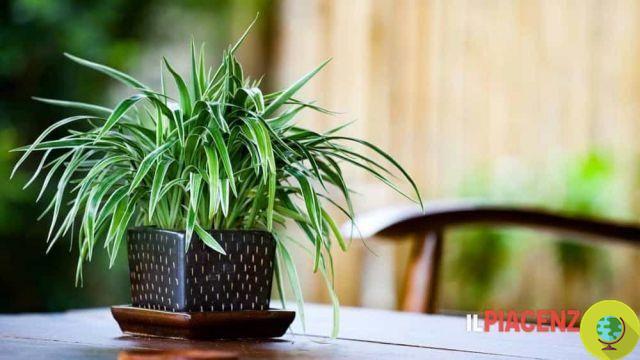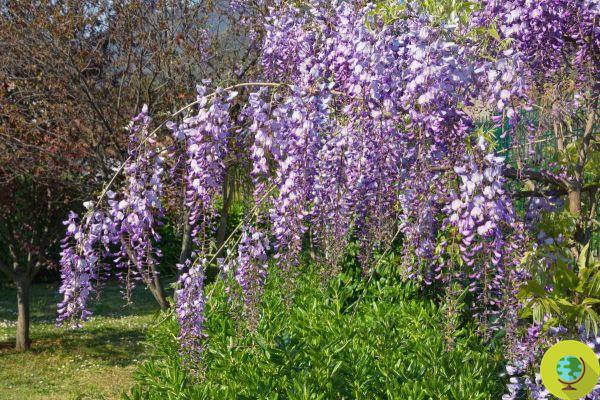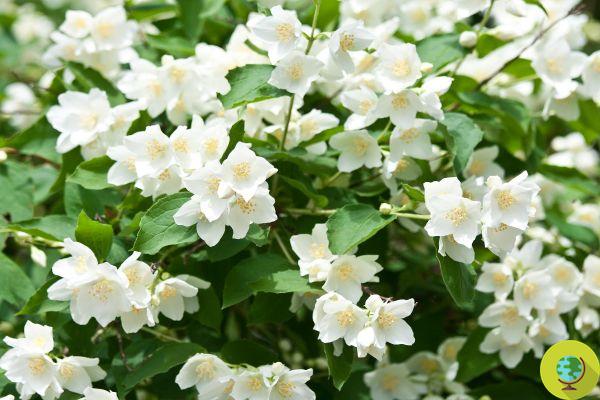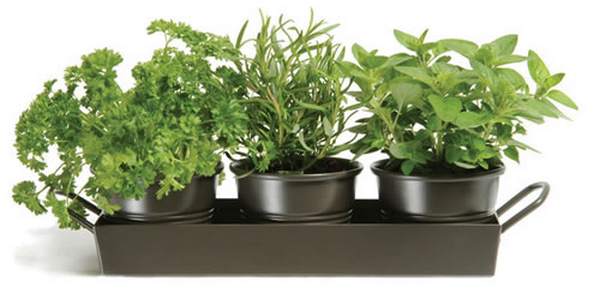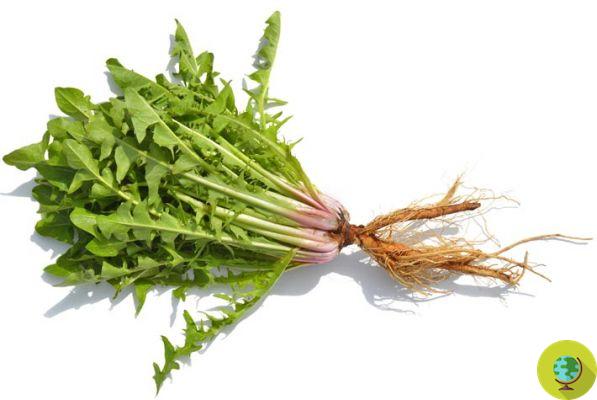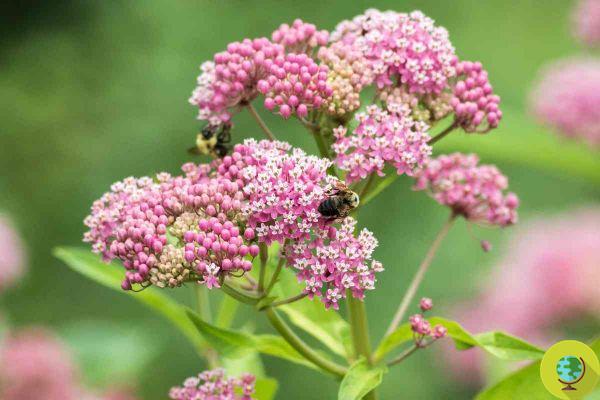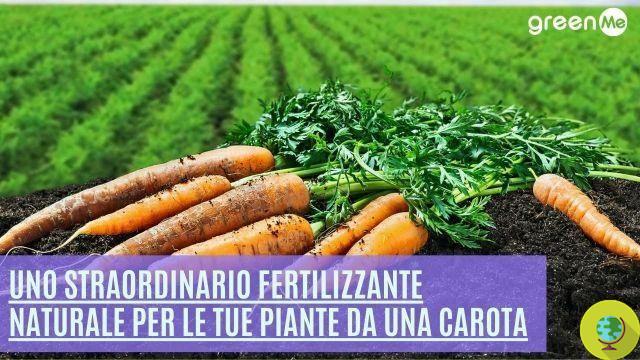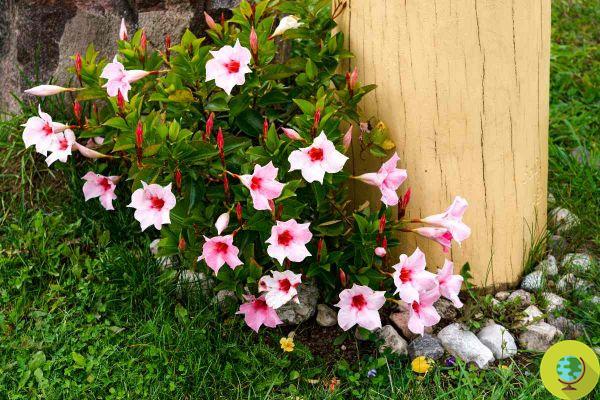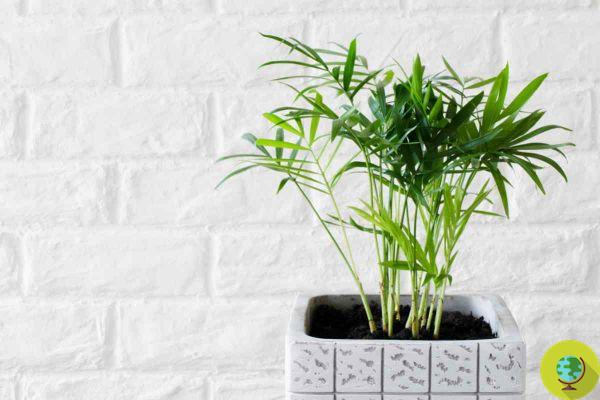How to grow kalanchoe, when to water it and how to reproduce it. Kalanchoe is a succulent plant, very popular for ornamental purposes due to the elegance of the leaves and the delightful colorful flowers. It belongs to the Crassulaceae family, native to the tropical and subtropical areas of Asia and Africa, in particular Madagascar. There are about 150 different varieties, which now grow practically everywhere, but the most widespread among us is the so-called kalanchoe blossfeldiana, commonly called calancola.
He is about to end up run over, his mother saves him How to grow kalanchoe, when to water it and how to reproduce it.
La Kalanchoe is a succulent plant, very popular for purposes ornamental for the elegance of the leaves and the delightful colorful flowers. It belongs to the family of Crassulaceae, native to the tropical and subtropical areas of Asia and Africa, especially Madagascar. There are about 150 different varieties, which now grow practically everywhere, but the most widespread among us is the so-called kalanchoe blossfeldiana, commonly called calancola.
Kalanchoe blossfeldiana is a small one perennial plant which reaches i 30 centimeters high, characterized by large leaves fleshy, of bright green color and with a notched margin. The inflorescence, with a rounded shape, presents itself with many small and colorful flowers in the most varied shades: from white to yellow to red through orange and pink to purple.
This type of plant, like all succulents on the other hand, is very simple to grow. And the typical indoor plant, which adapts easily to the environment and does not dirty in the house, guaranteeing a long and decorative flowering. It often beautifies our windowsills, but it can also be grown in the garden.
It blooms in early spring, being a plant brevidiurna, that is, a plant that needs about 14 hours of darkness a day to produce flowers. Many nurserymen stimulate it flowering in an artificial way also during other periods of the year, normally intended for vegetative rest.
It is not uncommon, in fact, find the kalanchoe in the Christmas season displayed next to the poinsettia in shopping malls. This forcing affects the life cycle of the plant, which once withered will hardly be able to emit other flowers.
Let's see some together advice for cultivating in the best way the kalanchoe blossfeldiana, in pots or maybe even in the garden.
Index
Kalanchoe, types of soil
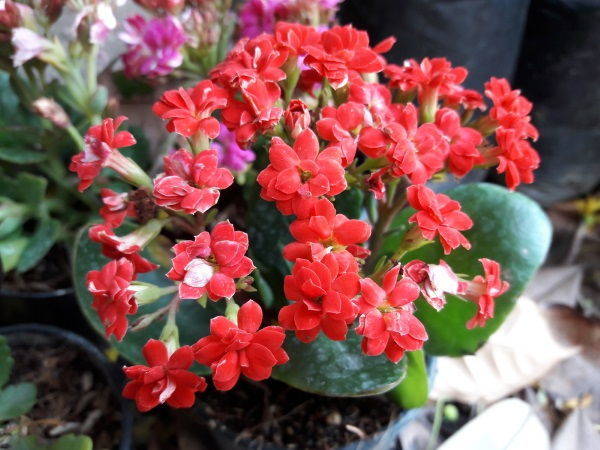
Being a succulent plant of tropical origin, kalanchoe is not afraid of drought. In reverse, suffers from water stagnation. The type of terrain he prefers is loose, rich in peat and well drained. Then common soil is fine for succulents, as long as you have the foresight to integrate it with inerts such as gravel and river sand. This insertion is very useful to increase the drainage capacity of the substrate, preventing the onset of root rot and attacks by parasites.
Exhibition of the kalanchoe
Kalanchoe is a plant that it needs sun, but in the hot season it is preferable that it is exposed to direct sunlight for only a few hours a day, or it is placed in a position of bright shadow.
In any case, if the kalanchoe is constantly exposed to the sun, it is not subject to burns, but for this plant the optimal mode of receiving sunlight is obtained varying the exposure according to the seasons.
In spring and summer, it is preferable an east or west exposure, while from November to March it is advisable to move the kalanchoe in a position sheltered from the winds and in full sun, that is, in the south.
If you decide to grow it in garden, the ideal exposure is in full sun or bright partial shade. Furthermore, unless you live in particularly hot areas, with the arrival of autumn and the first cold weather, it is appropriate move the seedling to a greenhouse or indoors.
When the outside temperature it remains steadily below 10 degrees, it is preferable to transport the seedlings to a sheltered place, because the kalanchoe suffers from the cold and could die from it.
Kalanchoe, watering
As mentioned, the kalanchoe tolerates drought well and does not need a lot of water. In summer it should be watered every 2 days, first making sure that the soil is actually dry. In winter, however, it should be watered once a week, sometimes even every 15 days. The colder the temperatures, the less water the plant needs.
The kalannchoe thrives well in an environment with temperatures between 15 and 22 degrees. As mentioned, it suffers below 10 degrees, while it perishes if temperatures drop below 5 degrees.
Fertilization of the kalanchoe
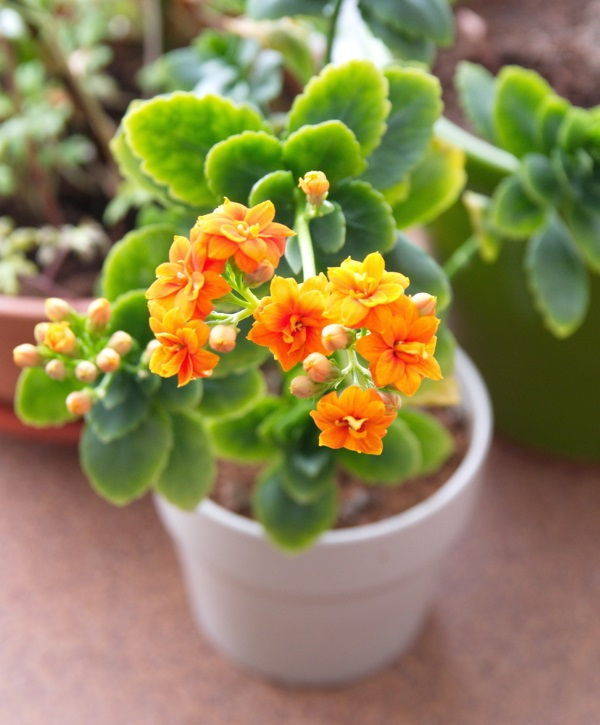
Kalanchoe is a very strong and hardy plant, able to withstand a lack of nutrients. The fertilizations, therefore, are not essential for the life of the plant, but contribute to its harmonic growth and the beauty of flowering.
A houseplant fertilizer can be used as long as it contains a percentage of potassium higher than the other 2 macroelements (nitrogen and phosphorus). Potassium is essential to ensure abundant flowering. Among the microelements, in addition to iron, manganese, copper and boron, the presence of zinc, essential for the health of the plant.
In spring and summer, fertilization should be done twice a month with doses halved compared to those recommended by the manufacturer of the fertilizer.In winter, however, fertilizations must be suspended.
Kalanchoe, pruning
This plant does not need a real pruning. It's enough eliminate dry leaves and vegetative apexes, both to prevent possible diseases, and to maintain the luxuriant posture and the pleasant flowering.
Kalanchoe, renvaso
This plant goes repotted every year, preferably in April, once flowering has finished. It is recommended to use a soil for cacti to which river sand must be added to favor the drainage of the water.
Furthermore, in order to allow the excess water to flow out, a gravel and some expanded clay.
Water stagnation, so harmful to the plant, can also be prevented through the use of a terracotta vase, which favors the transpiration of the earth, contributing to the evaporation of excess water.
Kalanchoe, adversity
Kalanchoe is a plant very resistant, hardly subject to disease or parasite attacks. As reiterated several times, it does not tolerate water stagnation, the main cause of root rot.
THEwithered look of the plant and the mushy leaves are clear symptoms of excess water. In this case, watering must be suspended, drying the soil and the roots.
In the presence of spots on the leaves, on the other hand, we could find ourselves in front of an attack of cochineal. To eliminate this parasite, a cotton swab soaked in alcohol, or you can gently wash the plant with water and neutral soap, rubbing with a sponge to eliminate the unwanted insect.
Multiplication of the kalanchoe
Multiplication can occur in 2 ways: by seed and by cutting. The seeds can be collected near the dried flowers by burying them in a the substratum of the cactus mixed with river sand, in the period between February and April.
The seedbed should be kept in the shade, trying to maintain the temperature around 20-21 degrees and constant humidity through the use of a nebulizer. While waiting for germination, the soil must be covered with a plastic sheet, in order to ensure an adequate temperature and the necessary humidity.
Once germination has taken place, the plastic sheet is removed and the seedlings are sorted, eliminating the weakest ones. After a while, as soon as the kalanchoes are bigger, we can transplant them in pots.
The multiplication by cuttings is carried out by cutting from the stem a piece of about 8-10 centimeters, devoid of flowers or flowering buds. to dry for a couple of days and possibly treated with hormones that favor rooting.
Then the pieces are buried in a substrate composed of cactus soil mixed with sand. The pot should be placed in an area with a constant temperature of about 20-21 degrees, covering it with a plastic sheet to maintain humidity.
It is advisable to lift the sheet every day to check the degree of humidity and remove any condensation. The appearance of the shoots indicates that the cutting has taken root.
At that point, we can transplant it into another pot and treat it like an adult plant
Properties of the kalanchoe
Some species of kalanchoe are equipped with therapeutic virtues and are used in medicinal purposes from the folk medicine of some areas of the planet. Especially the populations of Asia, Africa and Latin America they employ the leaves of this plant both internally and externally for curative purposes. The main varieties used for therapeutic purposes are: Kalanchoe daigremontiana, Kalanchoe pinnata and Kalanchoe gastonis-bonneri.
Numerous ailments treated with Kalanchoe leaves : infections, rheumatism, hypertension, kidney stones, mental illness, but also injuries and cell damage and even cancer.
The leaves can be used either externally for topical use, applied directly on the part to be treated both for internal use, eaten raw or used in the preparation of mixtures and decoctions.
In any case, the maximum recommended dose is approximately 30 grams of fresh leaves per day, not to be taken for prolonged periods. Furthermore, the leaves of kalanchoe are contraindicated for pregnant women, as they could stimulate uterine contractions causing an abortion.
Meaning of the kalanchoe
Kalanchoe is a plant associated with smile and happiness. In ancient times, it was defined the “talisman of happiness and was given as a wish for prosperity.
Today, giving this plant as a gift is a nice way to wish the good of the house, especially if it has just been inaugurated. It can be a very welcome thought especially for very busy people, who have little time available, since the kalanchoe does not require special care or attention.





